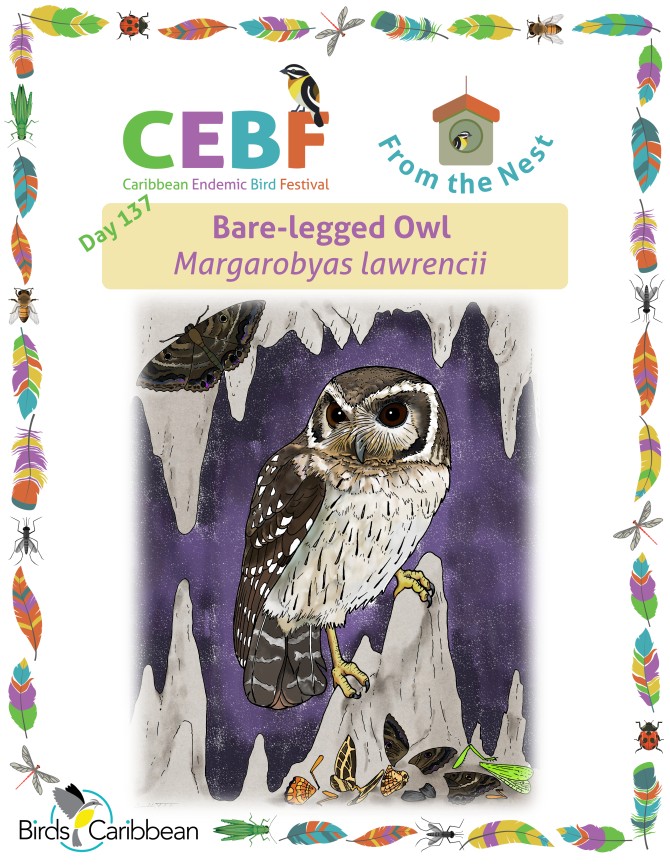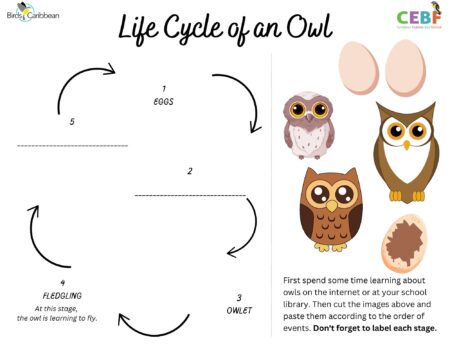Celebrate the Caribbean Endemic Bird Festival (CEBF) with us! Our theme in 2024 is “Protect Insects, Protect Birds”—highlighting the importance of protecting insects for birds and our environment. Have fun learning about a new endemic bird every day. We have colouring pages, puzzles, activities, and more. Download for free and enjoy learning about and celebrating nature!
Endemic Bird of the Day: Bare-legged Owl
Cuba is the home of two tiny endemic owls. The Bare-legged Owl, locally called Sijú Cotunto, is perhaps the lesser known of the pair. That does not mean it is uncommon—in fact, it is easily observed all around the country in wooded areas, mixed palm forest, semi-deciduous forest, and thickets. It is most active at night, which is when you can sometimes hear its series of soft hoots hoo hoo hoo huhuhuhuhuhuhuu, with a bouncing ball rhythm that accelerates at the end. The best chance to see this cute little puffball of an owl during daylight is while it is roosting inside caves or in the crevices of palm trees.
The name of this owl tells us about its most distinguishing characteristic: the lack of feathers on its legs, which are yellow-green in color. If you come across the similar Burrowing Owl, which is very rare in Cuba, you can use this feature to tell them apart! The other tiny Cuban endemic owl, the Cuban Pygmy-owl, also has feathered legs and is more active during the day, unlike its nocturnal bare-legged cousin. Their big, dark brown eyes also distinguish them, as the other species have yellow eyes. Their plumage is mostly rufous to brown on the upperparts, with white spots on the wing feathers. The throat and belly are mostly white, with some brown streaks on the breast and flanks.
Bare-legged Owls feed mainly on large insects and occasionally on frogs and small reptiles. The breeding season occurs from December to June, with a peak around March-April. They use abandoned woodpecker holes or natural openings in trees where they lay two white eggs. They can also be found nesting on cliffs or caves. It is very common to find them in pairs—that observation, coupled with the record of a pair living for seven years in the same territory—has led to scientists suspecting that they are monogamous birds. However, Bare-legged Owls are very secretive, meaning we still have lots to learn about their behavior, especially during the breeding season! This ‘secretiveness’ and the fact they are nocturnal make any sighting a joyful event!
Luckily, Bare-legged Owls do not seem to be in decline. They have a large geographic distribution and have shown adaptive traits in the face of habitat conversion for housing and commercial development. However, as a secondary cavity nester, it is important to protect the holes and dead trees that are an important resource during the breeding season. Dead trees still provide cover and nesting spaces for birds and mammals too, so don’t get rid of the dead trees in your yard just yet!
Learn more about this species, including its range, photos, and calls here. Great news! If you’re in the Caribbean, thanks to BirdsCaribbean, you have free access to Birds of the World and you can find out even more in the full species account of this bird!
Thanks to Arnaldo Toledo for the illustration and Daniela Ventura for the text!
Colour in the Bare-legged Owl
Download our West Indies Endemic Bird colouring page. Use the photos below as your guide, or you can look up pictures of the bird online or in a bird field guide if you have one. Share your coloured-in page with us by posting it online and tagging us @BirdsCaribbean #CEBFfromthenest
Listen to the song of the Bare-legged Owl
The song of the Bare-legged Owl is a soft series of “hoo-hoo-hoo-hoo-hoo…” notes that accelerate. This bird also sometimes make a screeching sound.
Puzzle of the Day
Click on the image below to do the puzzle. You can make the puzzle as easy or as hard as you like – for example, 6, 8, or 12 pieces for young children, all the way up to 1,024 pieces for those that are up for a challenge!
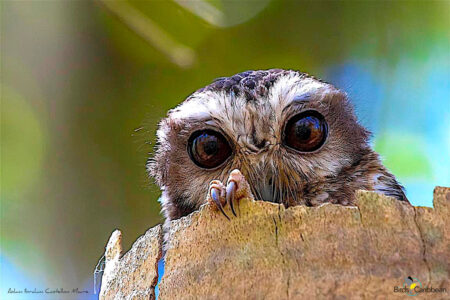
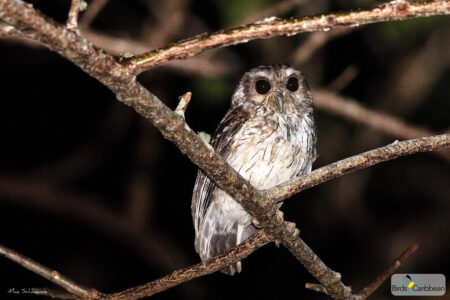
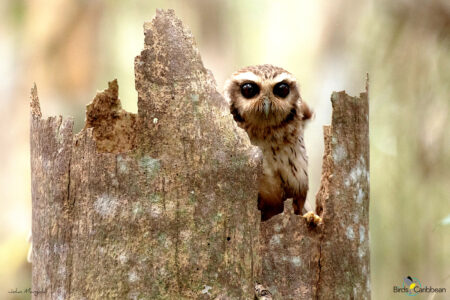
Activity of the Day
FOR KIDS : How much do you know about the life-cycle of our featured bird the Bare-legged Owl? Why not test your knowledge and complete our “Life Cycle of an Owl” activity?
First spend some time learning about owls on the internet or at your school library. Then carefully cut the ‘missing’ images and paste in the correct order to complete this owl’s life cycle! Don’t forget to label each stage.
You can check your completed life cycle against the correct one, which can be found here.
FOR KIDS AND ADULTS : Enjoy this video of a Bare-legged Owl in the wild!

